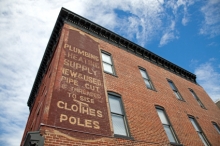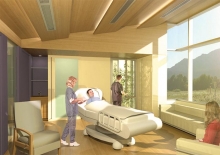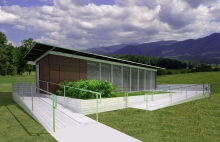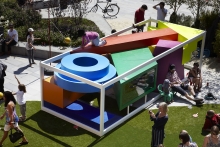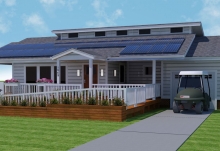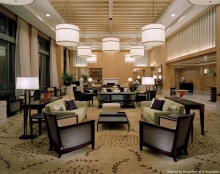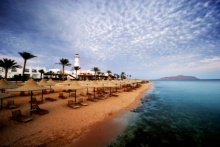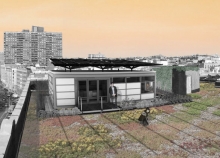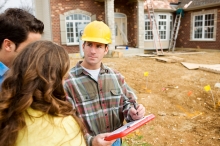Preserving Sustainability
We are fortunate to live in a time when the phrase "the greenest building is the one already built" is starting to catch on and hopefully becoming commonplace in the building industry. The proof is undeniable, but changing the way we do business never happens quickly. As we move toward the goal of building more sustainably, we must alter the way we view the built environment and make it easier to preserve the buildings already standing and discourage sprawling, disposable development.
